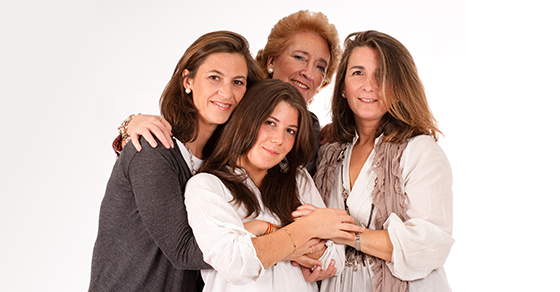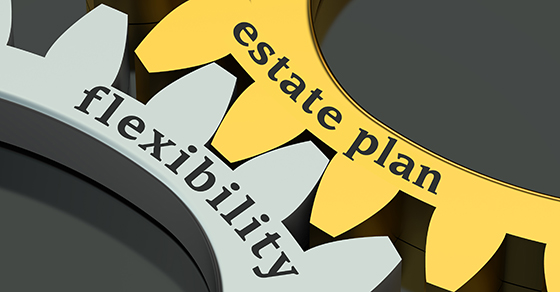If your family owns a vacation home, you know what a relaxing refuge it can be. This is especially true these days due to the limited travel options you may have because of COVID-19 pandemic restrictions. However, without a solid plan and ground rules that all family members agree to, conflict and tension may result in a ruined vacation — or worse yet, selling the home.
Determining ownership
From an estate planning standpoint, it’s important for all family members to understand who actually owns the home. Family members sharing the home will more readily accept decisions about its usage or disposition knowing that they come from those holding legal title.
If the home has multiple owners — several siblings, for example — consider the form of ownership carefully. There may be advantages to holding the title to the home in a family limited partnership (FLP) and using FLP interests to allocate ownership interests among family members. You can even design the partnership — or a separate buy-sell agreement — to help keep the home in the family.
Laying down the rules
Typically, disputes between family members arise because of conflicting assumptions about how and when the home may be used, who’s responsible for cleaning and upkeep, and how the property will ultimately be sold or transferred. To avoid these disputes, it’s important to agree on a clear set of rules that cover using the home (when, by whom), and responsibilities for cleaning, maintenance, and repairs.
If you plan to rent out the home as a source of income, it’s critical to establish rules for such activities. The tax implications of renting out a vacation home depend on several factors, including the number of rental days and the amount of personal use during the year.
Planning for the future
What happens if an owner dies, divorces, or decides to sell his or her interest in the home? It depends on who owns the home and how the legal title is held. If the home is owned by a married couple or an individual, the disposition of the home upon death or divorce will be dictated by the relevant estate plan or divorce settlement.
If family members own the home as tenants-in-common, they’re generally free to sell their interests to whomever they choose, to bequeath their interests to their heirs, or even to force a sale of the entire property under certain circumstances. If they hold the property as joint tenants with rights of survivorship, an owner’s interest automatically passes to the surviving owners at death. If the home is held in an FLP, family members have a great deal of flexibility to determine what happens to an owner’s interest in the event of death, divorce, or sale.
Handle with care
A vacation home that has been in your family for generations needs to be handled carefully. You likely want to do everything possible to hold on to it for future generations. We can assist you in developing a plan to help you achieve this.





